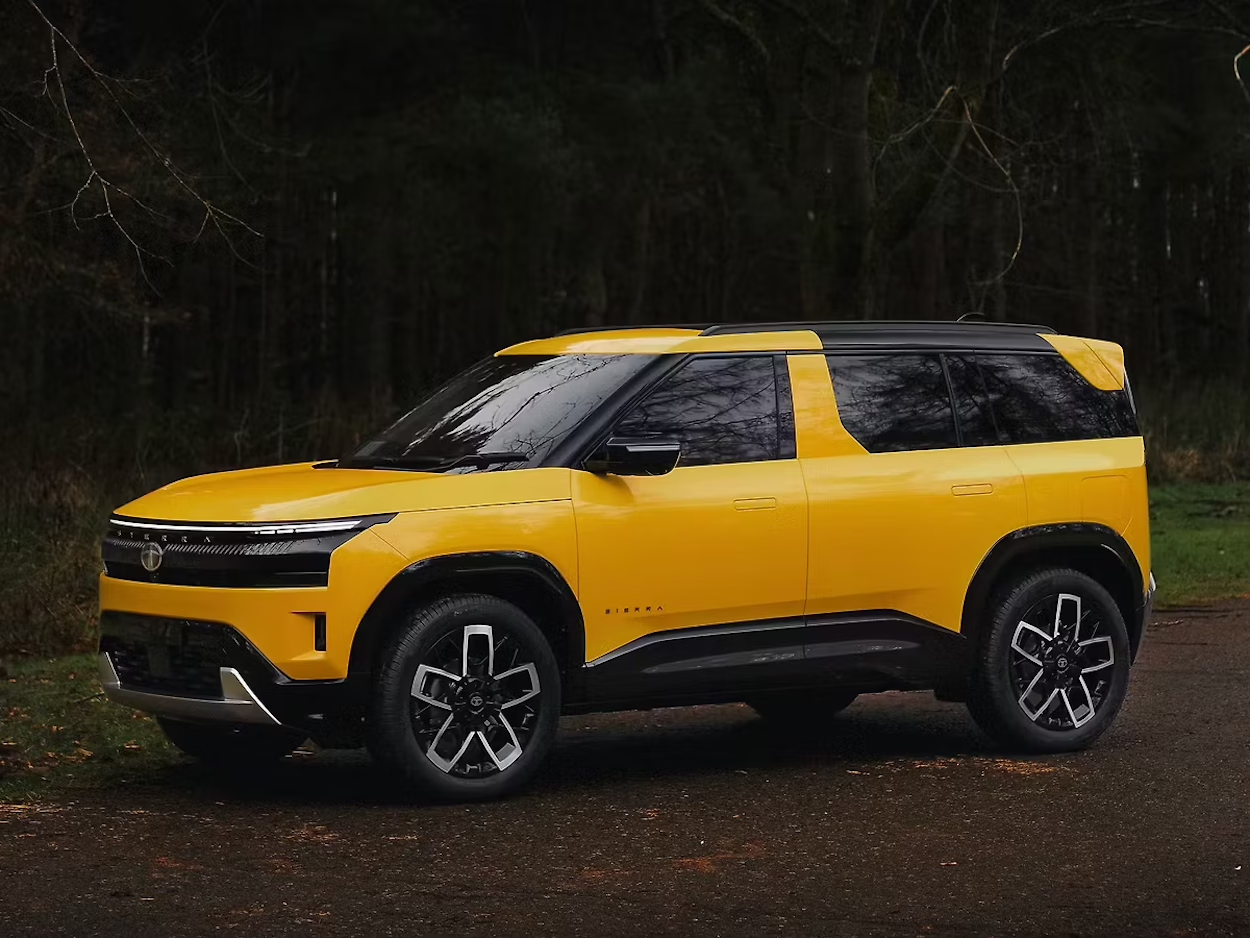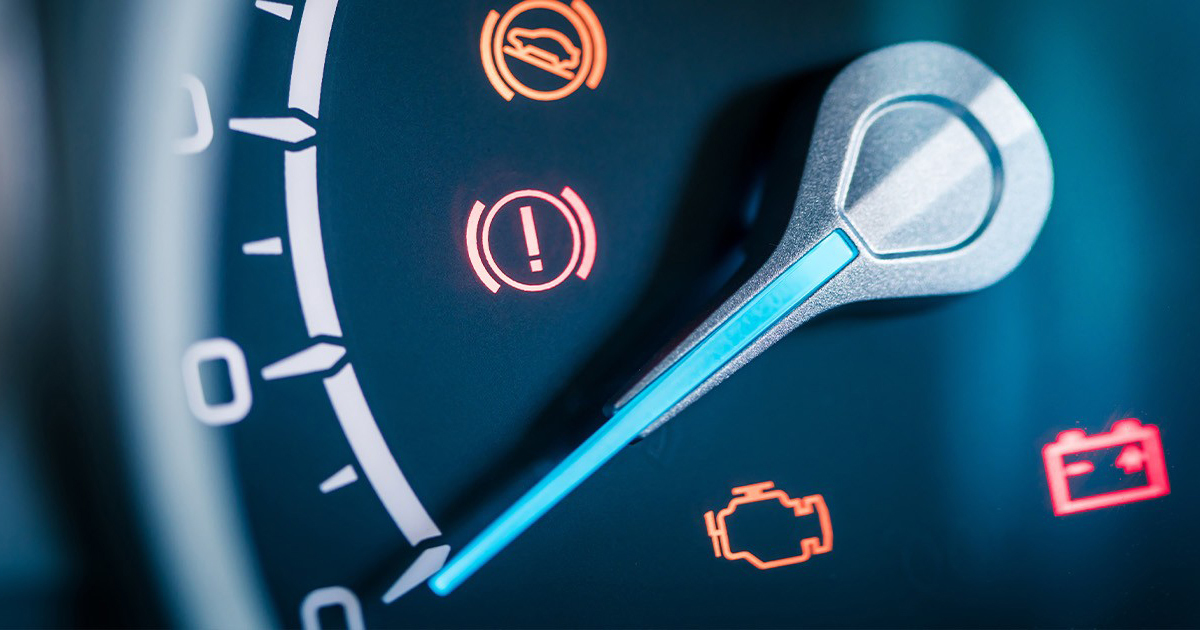The demand for used cars has skyrocketed over the past few years in India. With rising vehicle prices, shorter ownership cycles, and the easy availability of financing and certified resale platforms, many car buyers are now choosing to go pre-owned. The Indian used car market is expected to outpace the new car market by volume in 2025, proving that buying second-hand is no longer just a budget-driven decision; it’s a smart one.
Opting for a used vehicle offers multiple benefits. First and foremost is cost efficiency. Buyers can save significantly on the upfront price, insurance premiums, and road taxes. Secondly, depreciation is slower after the first few years, meaning you retain better resale value compared to a brand-new vehicle. Moreover, modern vehicles are built to last longer, and with proper care, a used car can perform just as well as a new one.
However, the key to making a wise purchase lies in knowing how to inspect a used car thoroughly before sealing the deal. While some sellers may present a shiny exterior, the hidden issues could cost you dearly later. From checking the engine health and accident history to testing the brakes and verifying the odometer reading, every detail counts.
Whether you’re eyeing a budget hatchback or a luxury sedan, learning to inspect a used car empowers you to make a confident and informed decision. This article will guide you step-by-step through the inspection process, highlight the top used cars to consider in 2025, and help you avoid common pitfalls. A well-inspected used car isn’t just a bargain—it’s a long-term investment in peace of mind.
Top Picks for 2025: Budget & Luxury Cars to Buy Used in India
If you’re planning to inspect a used car in 2025, choosing the right model is half the job done. Below are some of the most reliable and value-packed budget and luxury vehicles that hold their worth and deliver great performance even after years of use.
3 Budget Picks:
- Maruti Suzuki Baleno – A spacious, fuel-efficient hatchback with proven reliability.
- Tata Punch – A rugged compact SUV with 5-star safety and urban versatility.
- Hyundai Exter – A tech-forward urban crossover with bold styling and smart features.
3 Luxury Picks:
- Mercedes-Benz GLA – A compact premium SUV ideal for city and long-distance driving.
- BMW 3 Series – A sporty sedan offering powerful performance and plush comfort.
- Audi Q3 – A refined and feature-rich SUV perfect for professionals and families alike.
The detailed review, inspection tips, and specifications of each car follow in the next section to help you evaluate them confidently and make an informed purchase.
3 Best Affordable Used Cars To Buy in India for 2025
1. Maruti Suzuki Baleno – Reliable Hatchback with High Resale Value
The Maruti Suzuki Baleno remains one of India’s most trusted premium hatchbacks, and it’s an excellent pick in the used car segment. With a spacious interior, peppy performance, and excellent mileage, the Baleno is both city-friendly and highway-capable. Its lightweight build and refined K-Series engine ensure a smooth ride and good fuel efficiency, making it an ideal companion for daily commuters.
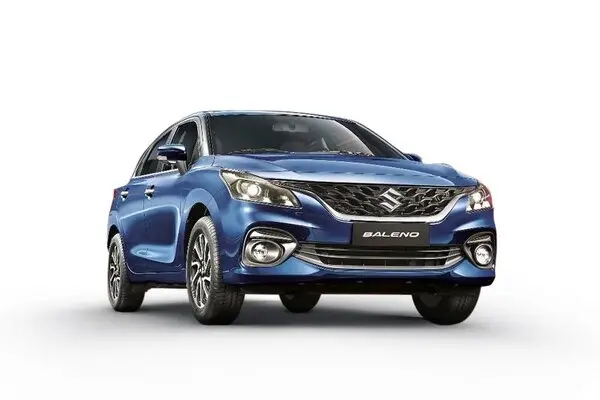
Another strong point is its resale value. Maruti’s massive service network, affordable spare parts, and wide brand trust mean that the Baleno holds value better than many of its rivals. In terms of features, even older Baleno models come equipped with touchscreen infotainment systems, rear parking sensors, and dual airbags, adding to their practicality and safety.
Prospective buyers looking to inspect a used car like the Baleno should focus on checking the suspension (especially if driven on rough terrain), clutch response, and underbody rust. Additionally, it’s essential to review the service history for consistent maintenance.
2. Tata Punch – Compact SUV with Modern Safety Features
Tata Punch has quickly risen in popularity due to its SUV-like stance, 5-star GNCAP safety rating, and feature-loaded offerings. For those looking for a used compact SUV in 2025, Punch stands out as a budget-friendly yet bold-looking vehicle. Its high ground clearance and rugged build make it suitable for both urban and semi-rural driving conditions.
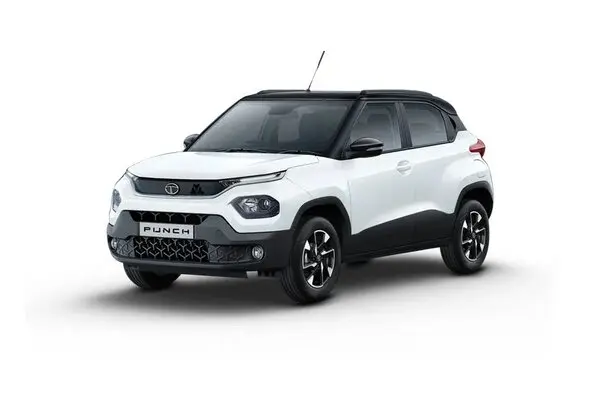
Punch comes with dual airbags, ABS with EBD, and features like a semi-digital instrument cluster, Harman infotainment system, and cruise control in higher variants. Its 1.2L petrol engine offers decent performance and fuel efficiency, especially for city users. The availability of AMT variants further enhances ease of use for first-time buyers.
While inspecting a used Tata Punch, buyers should check for signs of body damage, ensure the electronic systems work perfectly, and inspect the tyre tread and wheel alignment. Since the Punch is often marketed as a rugged car, some owners might have taken it off-road, making underbody inspection a priority.
3. Hyundai Exter – Urban Crossover with Tech Appeal
The Hyundai Exter is a recent entrant and is already gaining momentum in the used car market due to its stylish design, compact size, and tech-savvy interiors. Targeted at urban youth, Exter brings SUV-inspired styling at a hatchback price and fits easily into city traffic and tight parking spaces.
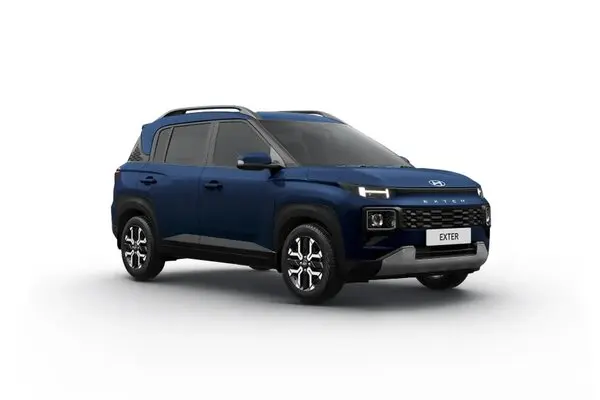
What makes the Exter stand out is its impressive feature list, including a touchscreen infotainment system with wireless Android Auto and Apple CarPlay, digital instrument cluster, electric sunroof, and connected car tech in higher trims. The 1.2L petrol engine shared with other Hyundai models ensures reliability and efficient fuel economy.
When buying a used Hyundai Exter, make sure to inspect the infotainment system for any software glitches, test the rear-view camera and sensors, and check for paint mismatches or panel gaps, which could indicate previous accidents. A test drive should focus on ensuring smooth gear shifts (especially in AMT variants) and verifying cabin noise levels.
3 Best Used Luxury Cars in India for 2025
1. Mercedes-Benz GLA – Compact Luxury SUV for City & Highway
The Mercedes-Benz GLA is an ideal entry point into the luxury car segment and a solid choice in the used car market for 2025. Combining sporty aesthetics with a compact footprint, the GLA is perfect for urban driving while offering ample comfort and tech.
Under the hood, it features refined petrol and diesel engine options paired with smooth automatic transmissions. The cabin offers premium materials, dual-zone climate control, an advanced infotainment system, and multiple airbags. It’s a well-balanced SUV for buyers who want performance, elegance, and practicality.
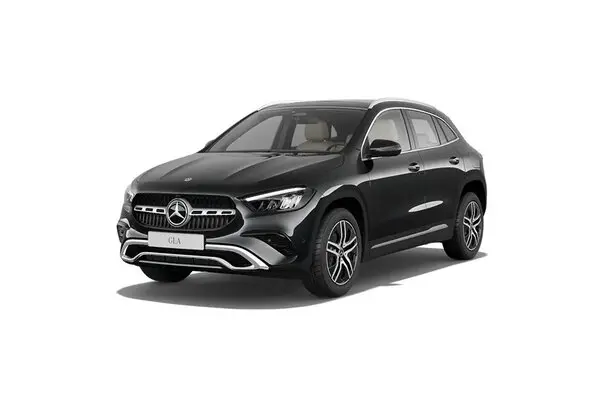
When inspecting a used Mercedes GLA, buyers should examine service records (preferably from authorized dealerships), check for any electronic glitches in the infotainment and driver assist systems, and inspect the suspension and brake system for wear. Given the cost of German parts and repairs, thorough inspection can save significant future expenses.
2. BMW 3 Series – Sporty Sedan with Performance and Prestige
The BMW 3 Series remains a benchmark in the entry-level luxury sedan space. Renowned for its driving dynamics, rear-wheel drive setup, and punchy engines, it’s a treat for those who enjoy spirited driving along with luxury.
Inside, the 3 Series features plush leather upholstery, high-resolution iDrive infotainment, ambient lighting, and ample legroom. Depending on the variant, buyers can expect powerful turbocharged petrol or diesel engines and exceptional handling. It blends performance and sophistication effortlessly.
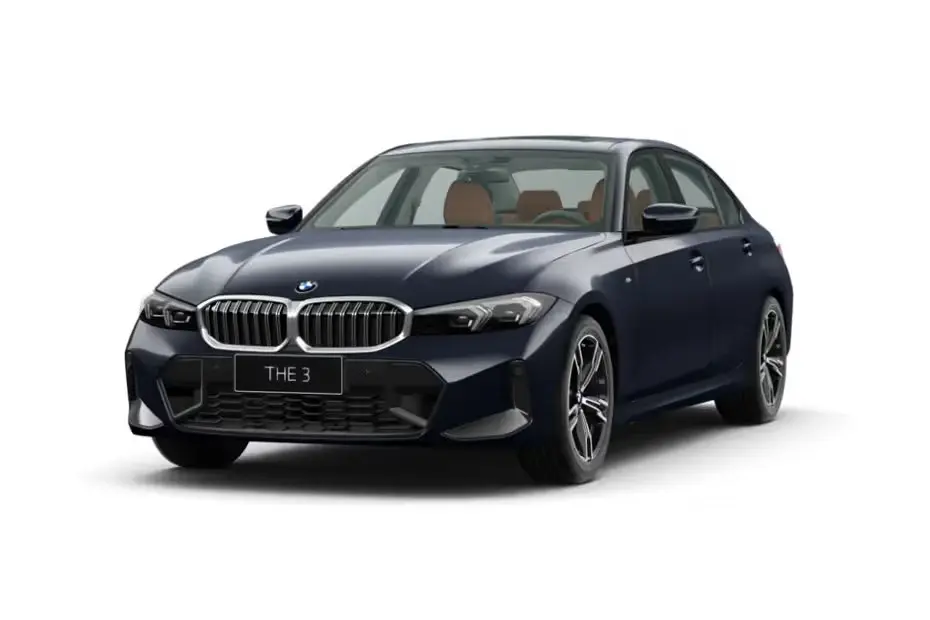
When inspecting a used BMW 3 Series, focus on tyre condition (often worn due to spirited driving), brake pad thickness, steering response, and electronic module health. The iDrive system should be checked for lag or bugs. Always prefer a unit with a full service history and preferably less than 60,000 km on the odometer.
3. Audi Q3 – Feature-Rich SUV Ideal for Executive Segment
The Audi Q3 is a smart choice for executives and urban professionals looking for a refined, all-rounder luxury SUV in the used car segment. It’s compact enough for city use, yet spacious and comfortable for long drives. Audi’s Quattro AWD system (available in some variants) adds an edge in terms of handling and control.
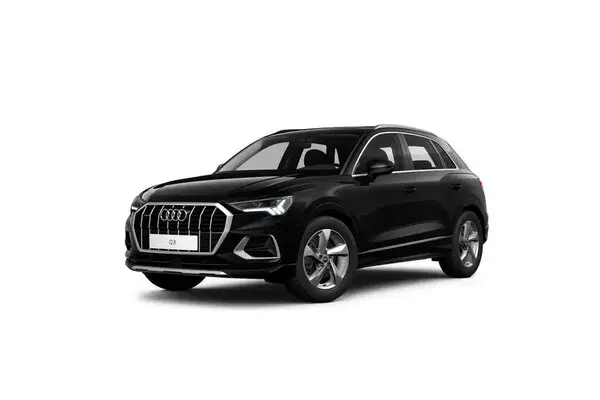
The Q3 comes with high-quality interiors, an MMI infotainment system, a panoramic sunroof, multiple airbags, and a peppy TFSI engine. It’s easy to drive and offers a premium cabin experience that rivals more expensive models.
While inspecting a used Audi Q3, check for MMI system issues, brake wear, turbo lag, and ensure there are no oil leaks. Also, verify if any dashboard warning lights stay on after ignition. Audi repairs can be costly, so a pre-purchase inspection at an authorized center is highly recommended.
Pre-Inspection Checklist: What to Carry
Before you begin to inspect a used car, ensure you’re properly equipped. Having the right tools and materials can make your inspection more effective and help you document findings accurately.
- Notebook or Car Inspection Checklist
Prepare a printed or digital checklist to systematically go through each component of the car. Jotting down details during the inspection helps avoid missing important observations.
- Flashlight and Smartphone
A flashlight is essential for checking dimly lit areas like the engine bay, underbody, and wheel wells. Use your smartphone to take clear photos of damage, engine parts, or suspicious wear for later review.
- OBD Scanner (Optional)
An On-Board Diagnostics (OBD) scanner can plug into the car’s diagnostic port to retrieve fault codes. It helps detect hidden issues in the engine, transmission, or emission systems, especially in modern cars.
- Gloves and a Clean Rag
Gloves protect your hands from dirt and engine grease, while a clean rag can help you wipe dipsticks, check fluid conditions, or clean off obscured parts for better visibility.
Bringing these items will help you perform a comprehensive and professional-level car inspection, even if you’re not a mechanic.
How to Inspect a Used Car Before Buying It
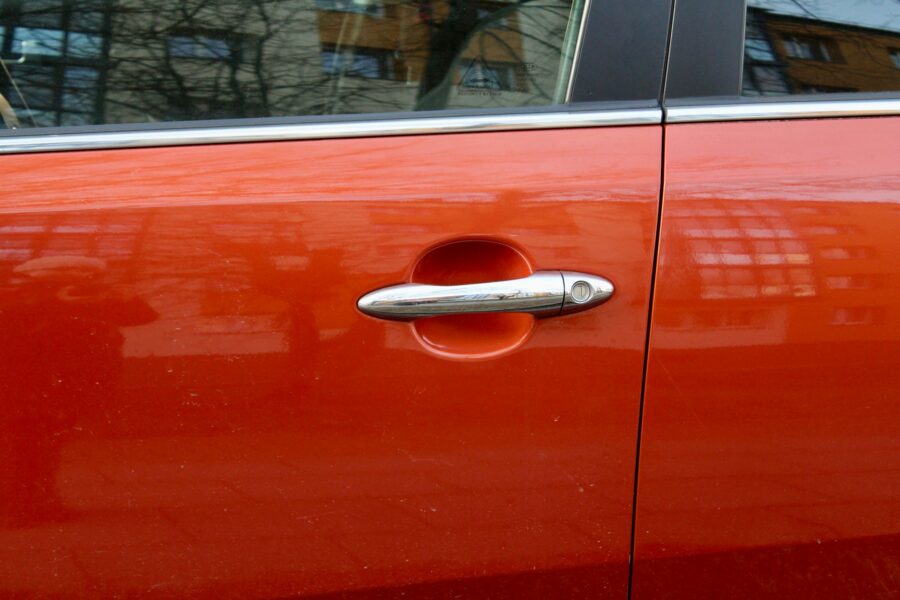
Let us explore in detail the steps you need to take to inspect a used car before you decide to purchase it. Be it a budget car or a luxurious one, every used vehicle needs a thorough inspection before you own it. Read on below to learn how to inspect a used car in 2025.
Exterior Inspection: Body and Frame
Look for Rust, Dents, and Paint Issues
Carefully examine the car’s exterior for signs of rust, especially around the wheel arches, under doors, and the boot area. Minor rust can be managed, but deep corrosion may signal structural damage and should be avoided.
Look out for dents or scratches. These could either be cosmetic or a sign of poor handling. Uneven paint or mismatched colors between panels may suggest repainting after an accident. Run your hand along the surface to detect rough patches or poor finishing.
Check the Panels and Doors
Open and close all doors, the hood, and the trunk. They should shut smoothly without creaking or resistance. Misaligned panels or uneven gaps between body parts could indicate a previous collision.
Check the door edges and inside the bonnet for factory weld marks or stickers. Their absence or irregularity may point to replacement parts or significant repairs.
Inspect Tyres and Suspension
Examine the tyre tread depth and wear pattern. Uneven wear might indicate misalignment, damaged suspension, or poor tyre maintenance.
Press down firmly on each corner of the vehicle and observe how it rebounds. A car in good condition should bounce back only once. Multiple bounces signal worn-out shock absorbers that need replacement.
Together, these checks can reveal a lot about the car’s exterior condition and how well it’s been maintained or possibly misused.
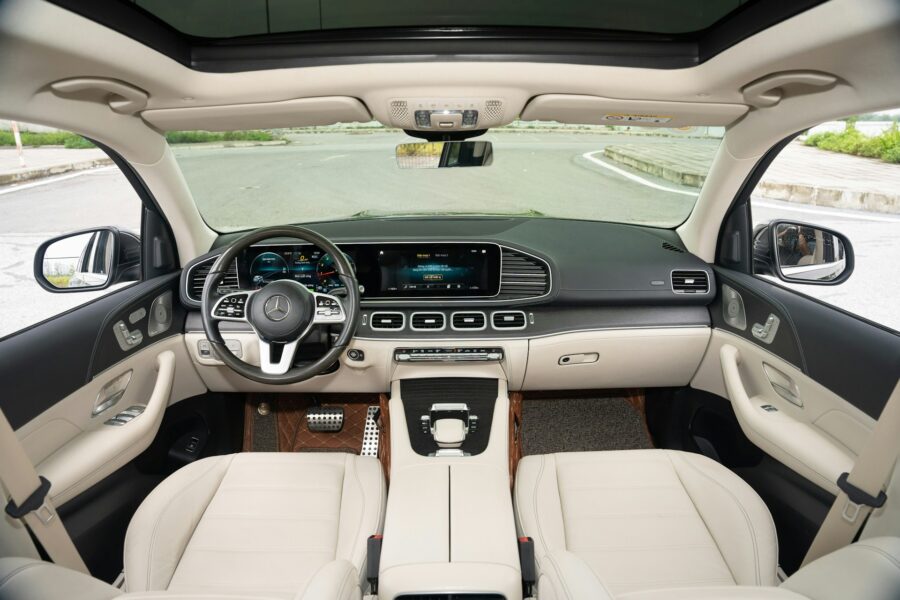
Interior Check: Comfort, Controls, and Cleanliness
A car’s interior condition reflects how well it has been maintained. Even if the exterior looks pristine, neglect inside the cabin can indicate underlying issues or careless ownership.
Seats, Upholstery, and Odors
Inspect all seats for tears, sagging cushions, or worn-out bolsters. Leather should be supple, not cracked or overly shiny from excessive conditioning. Fabric seats should be stain-free and not sagging. Pay attention to any musty or moldy smells, which may indicate water damage from leaks or floods. A strong air freshener may be masking cigarette smoke, which is hard to eliminate and may affect resale value or personal comfort.
Dashboard and Electrical Components
Start the ignition and test all electrical controls. These include power windows, seat adjustments, mirrors, the horn, and all lighting inside and out. Confirm that the infotainment system works and pairs smoothly with Bluetooth if available. Ensure the air conditioning and heater function properly. Malfunctioning electronics can signal deeper wiring issues or expensive repairs.
Odometer Reading & Tampering Signs
Check the odometer for a realistic reading when you inspect a used car. A very low reading on a car with worn pedals, a shiny steering wheel, or faded buttons could suggest tampering. Service history and digital diagnostic tools can help verify mileage. Excessive wear in a supposed “low-mileage” vehicle is a major red flag and may hint at hidden mechanical stress.
Under the Hood: Engine & Fluids Inspection
The engine bay holds the heartbeat of a vehicle. A thorough check under the hood helps detect mechanical issues early.
Engine Condition
Before starting the engine, look for oil or coolant leaks around the block or underneath. Turn on the engine and listen closely: rattling, knocking, or ticking noises suggest internal damage or valve issues. A well-maintained engine should idle smoothly with minimal vibration. Check cold start behavior—delayed ignition or fluctuating RPMs on startup could indicate worn spark plugs or fuel system problems.
Fluid Levels & Quality
Pull out the engine oil dipstick; the oil should be amber and clean, not dark, gritty, or sludgy. Milky oil might suggest coolant contamination, often due to a failed head gasket. Also inspect brake fluid (should be light yellow), coolant (bright green, orange, or pink—never brown), and transmission fluid (red or pink and not burnt smelling). Low or dirty fluids may mean overdue maintenance.
Battery Health
Check the battery’s manufacture date—most last 3–5 years. Look for signs of corrosion on the terminals, which can cause starting issues. A swollen battery casing or fluid leakage is a clear sign the battery is nearing failure. Turn on the headlights with the engine off—dim lights may indicate a weak battery.
Underbody & Exhaust: Often Ignored But Crucial
Though frequently overlooked, the underbody can reveal serious issues that may impact safety and longevity.
Underbody Inspection
Use a flashlight to inspect the undercarriage for excessive rust, especially around suspension mounts, frame rails, and the exhaust system. Surface rust is normal on older cars, but flaking metal and deep corrosion could affect structural integrity. Look for oil or transmission fluid drips. Damaged or missing skid plates can expose vital components to rocks or debris.
Exhaust Smoke Color and Smell
While the car is running, observe the tailpipe. Blue smoke usually signals oil burning, possibly from worn piston rings or valve seals. Black smoke indicates a rich fuel mixture, often due to injector issues or faulty sensors. White smoke may point to coolant burning, hinting at a blown head gasket. Additionally, a strong rotten egg smell suggests catalytic converter problems.
Test Drive: The Make-Or-Break Moment When You Inspect a Used Car
A test drive is the most crucial part of evaluating a used car. It’s the only way to assess real-world performance, comfort, and hidden issues that may not show up in a parked inspection.
Smooth Start & Idling
Turn the key (or press the start button) and pay close attention. The engine should start promptly without extended cranking or strange noises. Let it idle for a minute—there should be minimal vibration and no erratic RPM fluctuation. Listen for knocking, ticking, or rattling sounds that may point to engine wear or timing chain issues.
Acceleration, Braking, and Steering Response
Take the car on a varied route with smooth roads and some rough patches. Gently accelerate and check if the vehicle responds without hesitation or delay. Hesitation can indicate throttle, fuel, or transmission issues. Test braking by applying steady pressure—there should be no squealing, grinding, or vibration through the pedal. The car should brake in a straight line. While driving, briefly release the steering wheel to see if it pulls to one side, which may signal alignment or suspension issues. Also, test the steering for excessive play, stiffness, or strange noises when turning.
Transmission & Gear Shifts
For manual cars, shifting should be smooth with no grinding or clutch slippage. A heavy or spongy clutch pedal may indicate wear. For automatics, gear changes should be seamless without jolts or delays. Pay attention to how the car shifts up and down at different speeds—rough or delayed shifts may suggest transmission trouble. Any whining or humming from the gearbox is a red flag.
Document Check: Paperwork That Protects You
No matter how well a car runs, incomplete or questionable paperwork can land you in legal and financial trouble. Always verify key documents before making a deal.
Registration Certificate (RC)
Ensure the RC is original and not a duplicate unless properly declared. Check that the engine and chassis numbers on the RC match those on the car (usually found under the hood or near the driver’s seat floor area). Also, verify that the car is registered in the seller’s name and matches the state you’re in.
Insurance & NOC
A valid insurance policy—ideally comprehensive—is essential. Check if a No Claim Bonus (NCB) is active; this can be transferred to the new owner. If the car is from another state, the seller must provide a No Objection Certificate (NOC) for re-registration. Without an NOC, transferring ownership may be delayed or invalid.
Service History & Owner Verification
Ask for a complete service record. Regular entries with authorized service center stamps prove timely maintenance. Also, check how many owners the car has had—fewer is generally better. Verify the seller’s identity using matching ID proof to avoid buying from an unverified middleman or scammer.
Professional Help: When to Bring in a Mechanic When You Inspect a Used Car
Even if you’re confident in your own inspection, bringing in a professional mechanic can provide peace of mind, especially for high-value or complex vehicles.
If you notice strange noises, inconsistent behavior during the test drive, or you’re unsure about the engine or electronics, a certified inspection is a smart move. Mechanics can perform a compression test, assess suspension integrity, and use an OBD scanner to detect error codes or hidden problems.
Authorized inspection services—like those offered by dealerships or online platforms—often include multi-point checkups, road tests, and warranty coverage. Though costlier, they offer standardized, trustworthy assessments.
Local garages, if trusted, can also be helpful, especially if you plan to service your car there regularly.
Diagnostic scanning is especially useful in newer models. A simple plug-in scan can reveal engine faults, past errors, or signs of tampering. Some advanced tools can also verify actual mileage logged in the ECU, catching potential odometer fraud.
Spending a little on expert help now can save thousands in future repairs—or help you walk away from a bad deal altogether.
Final Decision: Pricing and Negotiation Tips After You Inspect a Used Car
After all the checks, it’s time to talk money. A well-informed buyer is in a strong position to negotiate a fair deal—and possibly save thousands. Read our article on How to Negotiate Car Prices: 10 Tips for Effective Negotiation
Determine the Fair Market Value
Before entering negotiations, research the car’s average price based on model, variant, mileage, and condition. Use reliable platforms like OLX, CarDekho, Spinny, and Cars24. Compare listings to get a baseline, and account for the year of manufacture, accident history, and service records. Certified pre-owned listings may be priced higher due to warranty or inspection benefits.
Factor in Repair Costs
Don’t overlook post-purchase expenses. If you noticed worn-out tires, brake pads, clutch issues, or minor dents, estimate the repair cost with your local garage. Subtract these expected expenses from the car’s asking price. Having a clear idea of your total investment helps you avoid buyer’s remorse later.
Negotiation Strategy
Use your inspection findings as leverage. Mention any faults or service needs to justify your offer. Stay calm and confident—don’t reveal your excitement or budget limit upfront. Be polite but firm. If the seller is unwilling to negotiate despite evident flaws, be ready to walk away. There are always more cars in the market, and a smart buyer waits for the right one.
Conclusion: Inspect a Used Car Like a Pro
Buying a used car doesn’t have to feel risky—if you follow a structured inspection process. From the exterior body to the undercarriage, and from electrical systems to paperwork, each element tells a story about the vehicle’s past and its future reliability.
Checking the interior for odors or wear, assessing engine health during cold starts, reviewing fluid levels, and watching for suspicious exhaust smoke can help uncover hidden issues. The test drive offers critical real-world feedback on performance, handling, and gear shifts. Documentation like the Registration Certificate, insurance, and service records serves as legal and ownership proof—never compromise here.
When in doubt, seek professional help to validate your observations. Spending a little more for a trusted mechanic or diagnostic scan can save you from expensive surprises.
A used car, when properly inspected, can deliver great value and long-term satisfaction. So stay sharp, ask the right questions, and trust the process. With patience and due diligence, you’ll not just buy a vehicle—you’ll make a smart, confident investment.
Remember: Always take the time to inspect a used car thoroughly before sealing the deal.

